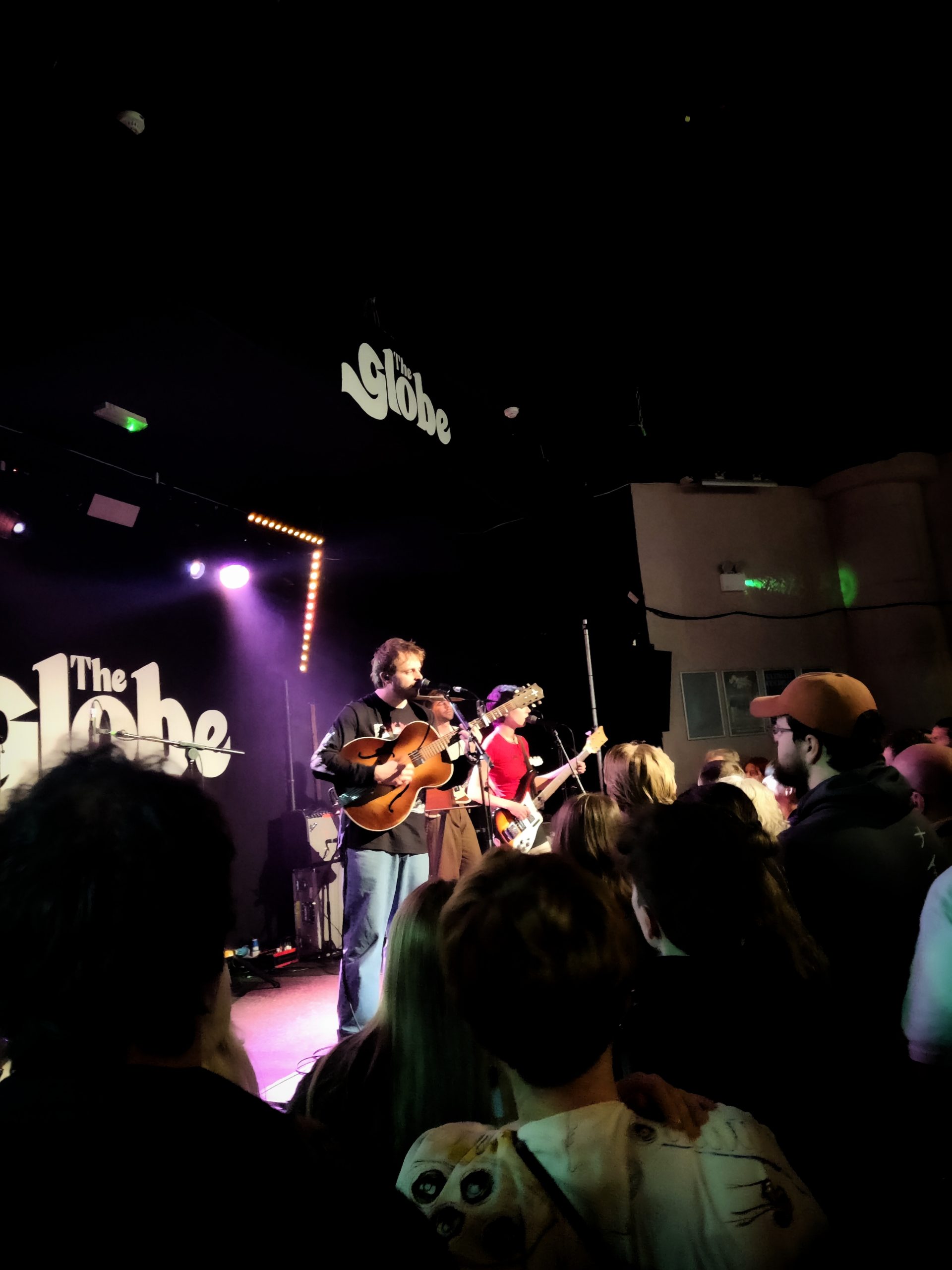Marvel. DC. The two biggest publishers in the comic book industry; their rivalry stretches back for years, but recently that rivalry has evolved and transgressed over to two other mediums: film and TV. With the dramatic rise of popularity in the comic book movie a new, multi-billion dollar platform has opened up for the big two to compete in. Yet film is not the only platform to make money in, in fact more and more companies are discovering just how much money is to be made in TV programming. So with the release of Captain America: The Winter Soldier I thought now would be an apt time to look at the standings of the big two across both platforms, discussing past success and drawing on future planning.
The competition in the film industry is fairly one sided. DC’s past releases include Green Lantern, Batman, Superman, Batman, Superman, The Dark Knight Trilogy, Man of Steel, oh and Batman. Marvel, on the other hand, have been a lot more diverse in using their character gallery; X-Men, Spider-Man, Fantastic Four, Hulk, more X-Men and that├¡s before you get to Marvel Studio’s catalogue – Iron Man, The Incredible Hulk, Thor, Captain America, The Avengers and more. There is a reason behind this diversity; DC has Warner Bros. as its sole distributor whilst Marvel has Sony, Fox and Disney’s Marvel Studios. I want to focus mainly on the approaches employed by WB and Marvel Studios, as it is these approaches that evidence the varying degrees of success.
Building a Universe
Since 2008’s Iron Man, Marvel Studios has been┬áactively building a cinematic universe. In this┬áuniverse all events that take place effect the in-film world thus creating a far more intricate cinematic experience. Iron Man was the beginning of what Marvel Studios called Phase One; a series of films (Iron Man, The Incredible Hulk, Iron Man 2, Thor and Captain America) that led up to the release of Avengers Assemble (or The Avengers as it is known world-wide). Each film’s narrative would contribute to that of The Avengers whilst also introducing the audience to each key member of the character roster.
The universe building really paid off with Phase One bringing in over $3.8 billion, The Avengers alone raked in a huge $1.5 billion (figures according to Box Office Mojo). Phase Two is already well underway with Iron Man 3 and Thor: The Dark World already hitting cinemas with Captain America: The Winter Soldier just being released in cinemas, leaving just Guardians of the Galaxy and next year’s Avengers: Age of Ultron to complete Phase Two (which has already grossed over $1.8 billion – Iron Man 3 brought in $1.2 billion on its own). Marvel Studios has recently announced that it has plans all the way up to 2028 with Phase Three to start next year with Ant-Man, to likely be followed by Thor 3, Captain America 3 and the recently confirmed Doctor Strange.
Relying on Two
DC has witnessed just how much money it is possible to make with comic book adaptations in the modern film industry courtesy of their rival publisher Marvel. However, whilst Marvel Studios took their time, laying the foundations and building up to a monumental success, DC appear to be jealous and are thus being over zealous by rushing their team-based movie.
A lot of people are aware that the Justice League are DC’s equivalent to The Avengers, but there are also a lot of people who do not know who a lot of the core characters of this team are. This is mainly down to the fact that DC has relied far too heavily on their two biggest characters: Superman and Batman. To date Superman has had six live-action films whilst Batman has had an even more impressive seven films. But what about the other core members of the long-rumoured Justice League adaptation? Well only Green Lantern has had a live-action film and it didn’t do all too well, making just under $2.2 million – only $0.2 million more than the film’s budget.
However, with last year’s release of Man of Steel, DC marked the start of their new cinematic universe. This can only be a good thing right? You wouldn’t be scolded for hoping. Unfortunately Warner Bros. are not being as formulaic and patient as Marvel Studios, instead they want to rush towards their Justice League adaptation. Whilst Marvel Studios created individual films focusing on each of the core characters, Warner Bros. is just throwing every character into the supposed Man of Steel 2 sequel, Batman vs. Superman, where we will be seeing another version of Batman, the introduction of Wonder Woman (see my article on the┬áwebsite┬áwhere I talk about the casting of WW and the problems with WB├¡s BvS), and possible cameos for Cyborg, Nightwing, Flash, and more. The main problem behind this is that the non-comic reading audience will not be aware who these new characters are and thus are unlikely to be as invested in┬áthe Justice League as they are The Avengers.
The TV side of things is a much more even competition. Both publishers currently have one sole adaptation airing and have future plans for many more. DC, however, recently had Smallville, a series focusing on the early years of Clark Kent before he became Superman – it ran for 10 full seasons and was the CW’s second longest running show.
Faster Than a Speeding Arrow
The CW is currently airing the second season of Arrow, the on-screen adaptation of the character Green Arrow. Whilst this isn’t the first adaptation of the character on the small screen (he appeared on Smallville) this adaptation of the character is much better. This show is one of my favourites ever to grace my TV screen, it has a Nolan-esque feel to the character – Oliver Queen is a lot darker, edgier and the atmosphere is a lot more brooding. The cast is superb and the writing is absolutely┬áphenomenal. The show has already been picked up for a third season despite the fact the show is still early into the second. The reason for the show’s ever-growing success is largely down to the big step up that season two has made. Although the first season ended spectacularly you would be forgiven if you forgotten just how clunky the first half/three-quarters of the season was though. Season two got off to a much better start largely thanks to the writer’s increased use of the source material – we have already been introduced to Black Canary, Solomon Grundy, Slade Wilson’s Deathstroke and everybody’s favourite speedster Barry Allen.
Arrow’s two part mid-season finale that aired at the end of last year introduced us to Barry Allen – played by Grant Gustin. This introduction came after the CW announced they would be developing a Pilot for a Flash TV series. Therefore, Arrow’s task was to introduce the audience to the human side of the character in the form of Allen. I was originally critical of the casting but after seeing Gustin on screen in the role of Barry I was sold on the project. The Flash has a rich history and is arguably more well-known than Green Arrow and, after seeing Grant Gustin in the iconic Flash mask, I am hugely optimistic that the show will be picked up for a full season.
DC’s plans for TV adaptations do not stop at Green Arrow and Flash, the CW are also talking about developing an Hourman series whilst NBC have green-lit a Pilot for a Constantine series (a character who was played by Keanu Reeves in the very loosely-based film adaptation Constantine).
The Hell’s Kitchen Quartet
Marvel do not have as much previous success on the small-screen compared to DC, however last year saw the beginning of their first show Marvel’s Agents of S.H.I.E.L.D. One of the most interesting aspects of this show is that it is directly connected to┬áMarvel Studios’ cinematic universe – an aspect that, at first, did not seem to go in the company’s favour. When the show first started it was met with widespread criticism – a lot of people were disappointed with a lack of ‘supers’ in the show. Yes the series ties into the cinematic universe, however, as the title of the series suggests, the show focuses on a group of Agents belonging to S.H.I.E.L.D, so effectively the series is more spy-orientated as opposed to superhero focused. The show has since developed and is now a lot better, the mid-season finale was super (pardon the pun), and it is now expected to be picked up for a second season.
On the back of Agents of S.H.I.E.L.D Marvel is now pushing its programming to develop more series based on their characters. Back in issue 140 of Quench I reported on Marvel’s announcement that they had struck a deal with Netflix to produce five new series; these will be 13-episode commitments focusing on Daredevil, Iron Fist, Luke Cage and Jessica Jones – with the fifth being a team-up series called The Defenders (which would bring all four characters together in a team-up mini-series). The first of these series to be released on Netflix will be Daredevil, which is expected at some point in early 2015. I for one will be subscribing to Netflix solely on the release of these series. For more information on the announcement and the featured characters click on the link above to read my previous feature.







